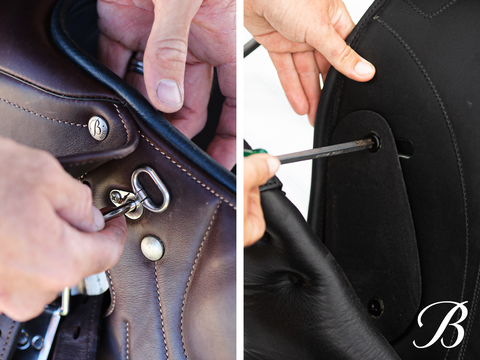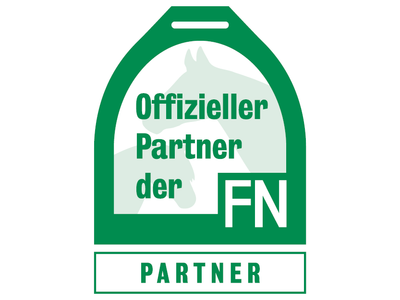How to perform a routine health and safety check on your saddle
Our saddles are the connection between us and our horses. To ensure your safety, it's worth regularly finding a few spare minutes to check in on the condition of your tack and identify potential safety issues for you and your horse before they happen.
We recommend looking out for the following signs of wear
If you encounter any of the below, it's worth replacing the item or contacting your nearest stockist for further advice.
Mounts and girth points
- dryness
- cracking
- elongated holes
- stretching

Left: new girth points. Right: nine year old girth points showing stretch and unevenness.
Stirrup bars
- securely attached
- hinged bars or moveable clasps functioning

Saddle tree (internal structure)
- excessive flexing
- unusual noises
- loose fixings

Underneath your saddle
- Panels should have an even and soft feel and be the same on both sides (symmetry)
- Chamber or channel should be wide and even

Leather
- Overall condition of the surface grain
- Should be supple with a strong depth of colour

For more information


